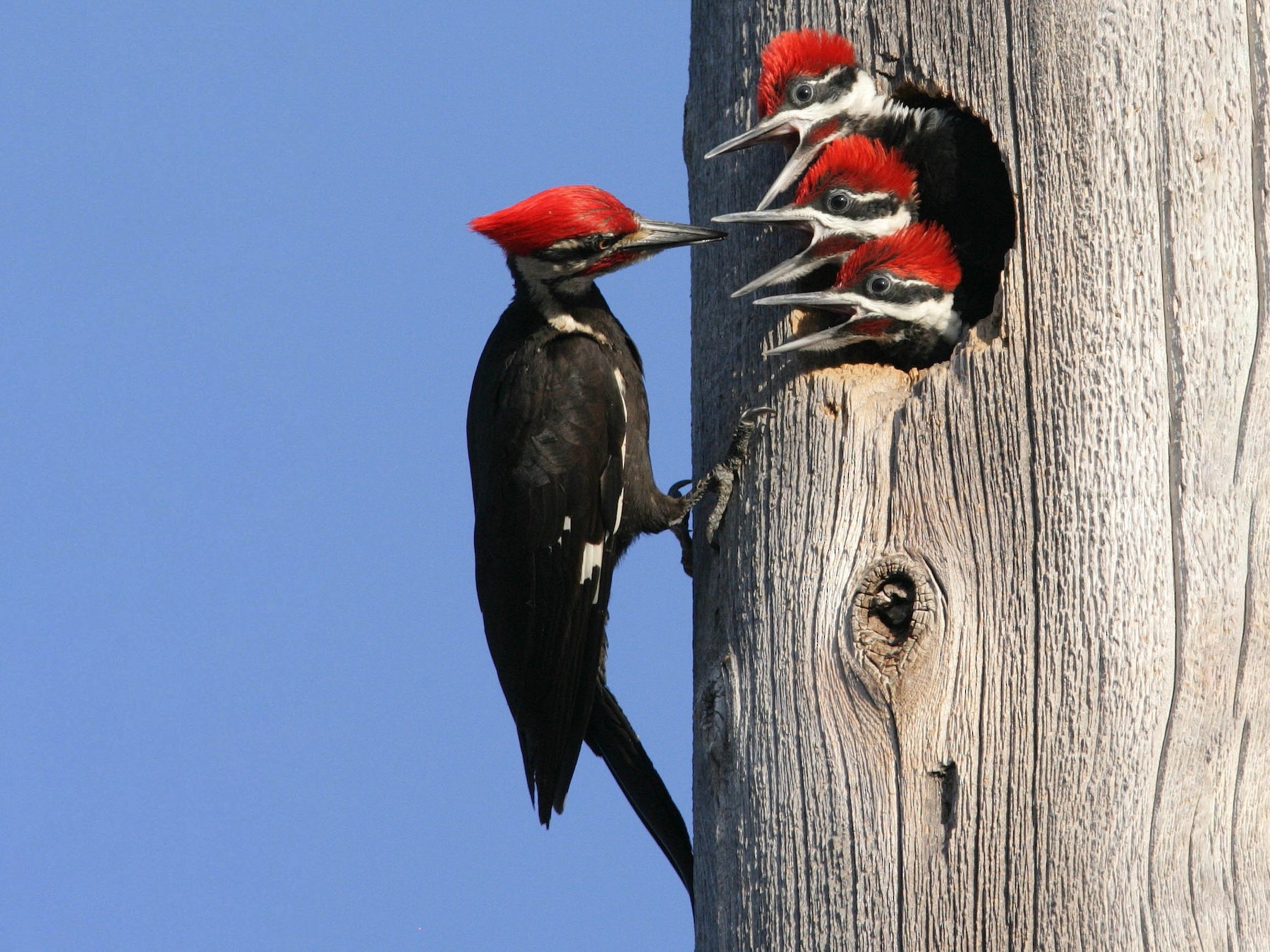Woodpeckers in Florida: Nature, Ecology, and Preservation
Wiki Article
Revealing the Secrets of Woodpeckers: Behavior, Habitat, and Much More
Woodpeckers, with their special habits and specialized adaptations, have lengthy captivated researchers and nature fanatics alike. By revealing the secrets bordering woodpeckers' habits and environment options, a much deeper understanding of these avian wonders arises, offering a look into their remarkable world.Woodpecker Behavior Insights
In examining woodpecker behavior, a remarkable screen of specialized skills and adaptations emerges, dropping light on their remarkable eco-friendly niche - Woodpeckers in Florida. Woodpeckers, understood for their distinct drumming on trees, possess a variety of behavioral qualities that add to their survival and success in their setting. One key behavior is their drumming, which serves multiple purposes such as communication, establishing territory, drawing in mates, and finding food resources. This rhythmic pecking also showcases their impressive toughness and endurance, as they can hammer away continually at broadband without triggering damage to themselves.In addition, woodpeckers show an unique feeding behavior characterized by their capability to essence bugs from tree bark utilizing their specialized beaks. Their long, barbed tongues aid in recording victim, while their solid neck muscle mass supply stability and precision during pecking motions. This feeding technique allows woodpeckers to gain access to covert insect larvae and extract them with impressive efficiency.
Habitat Preferences and Option
What variables influence the environment preferences and option of woodpeckers? Woodpeckers are highly adaptable birds known to occupy numerous settings worldwide. However, they do show preferences for certain environment attributes. One important variable affecting woodpecker habitat option is the accessibility of appropriate nesting websites. Woodpeckers commonly prefer forests with a mix of fully grown trees that provide enough chances for dental caries excavation. These dental caries offer as vital nesting and roosting websites for woodpeckers and are essential for their breeding success.Additionally, woodpeckers reveal a preference for environments with a plentiful supply of food resources. They are mostly insectivorous, feeding upon beetles, ants, larvae, and various other pests found in worn out timber or tree bark. As a result, woodpeckers have a tendency to favor wooded locations with a diverse insect population to fulfill their nutritional needs.
Moreover, the visibility of dead or rotting trees is another vital consider woodpecker habitat selection. These trees not just offer food resources however also supply appropriate substratum for tooth cavity excavation. Dead trees are important for the upkeep of healthy woodpecker populations, as they play a crucial role in the woodpeckers' life process and community characteristics.
Feeding Routines and Diet Structure
Woodpeckers demonstrate a specialized feeding actions focused on foraging for pests within different environments. Their diet plan primarily contains pests such as beetles, ants, caterpillars, and spiders, which they situate by tapping on tree bark and paying attention for the sound of motion inside. Woodpeckers use their solid beaks to drill into the timber and their long, barbed tongues to draw out target from gaps. In addition to bugs, woodpeckers also take in tree sap, fruits, nuts, and seeds, adding range to their diet relying on the season and accessibility of food resources.The foraging strategies of woodpeckers are well-adapted to their arboreal way of living. Woodpeckers play a vital function in preserving the health of woodlands by regulating insect populations and aiding in the disintegration of timber.
Drumming Seems and Communication
Making use of fast drumming sounds on various surface areas, woodpeckers utilize a distinctive kind of interaction to signal territory borders and draw in mates. This drumming actions is not only a means of interaction however likewise works as a means for woodpeckers to develop their presence within a specific location. The intensity, speed, and pattern of the drumming can share crucial info to various other woodpeckers pop over here around.Woodpeckers utilize drumming noises to announce their visibility in an area and to alert off potential trespassers. The loud and repetitive nature of the drumming offers as a clear signal to other woodpeckers that the location is already declared. This aids in minimizing conflicts and lessening physical confrontations in between people.

Survival Adaptations and Specialized Anatomy

Verdict
To conclude, woodpeckers display distinct behaviors, such as drumming audios for interaction, and have specialized anatomy for survival in their chosen habitats. Their feeding behaviors and diet regimen structure even more demonstrate their flexibility to different atmospheres. By comprehending these aspects of woodpeckers, scientists and preservationists can much better secure and protect these interesting you can check here birds and their communities.Report this wiki page